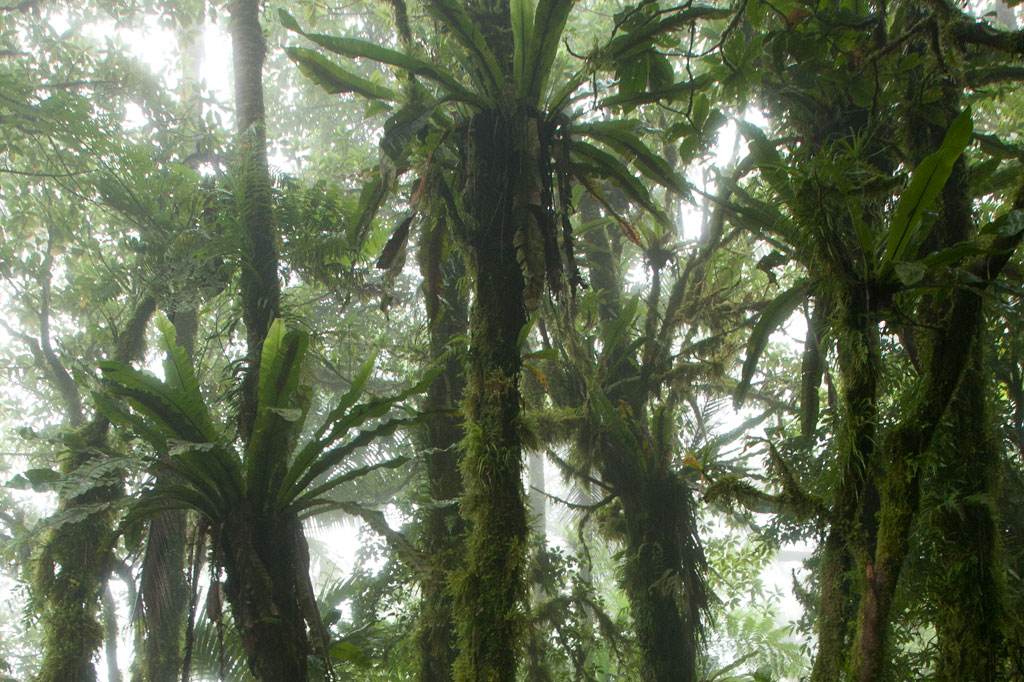Gear Advice: Backpacking Stoves for Pohnpei
Liquid Fuel Stoves
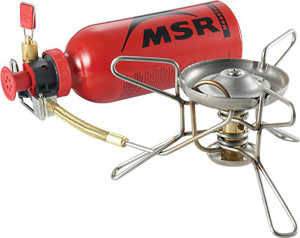 Liquid fuel stoves, such as those made by MSR and Optimus / Svea, are an option on Pohnpei, as white gas is available at the local hardware stores.
Liquid fuel stoves, such as those made by MSR and Optimus / Svea, are an option on Pohnpei, as white gas is available at the local hardware stores.
PROS: They heat quickly and have adjustable flames. They perform well in windy conditions. You can buy the fuel on-island.
CONS: You can’t bring these stoves on the airplane — you’d have to ship them to yourself surface mail, which would take up to 2 months. Liquid fuel stoves are also notorious for clogging. You have to waste fuel to prime some of them. The fuel is pretty toxic, and if it leaks in your pack, it will ruin a lot of stuff. Fuel has to be stored in metal bottles — which are heavy. The stoves themselves are also heavy.
Canister Stoves
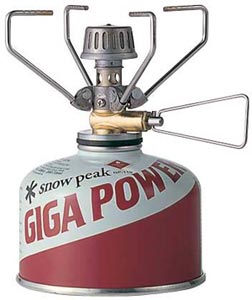 These stoves are fueled by an external butane or propane fuel canister that is thrown away when depleted.
These stoves are fueled by an external butane or propane fuel canister that is thrown away when depleted.
PROS: They are more fuel-efficient than a liquid fuel stove.
CONS: The canisters are expensive and heavy. You can’t find replacement canisters in Pohnpei’s stores. Canisters can’t be brought on an airplane at all (including airmail), because they contain pressurized, flammable material. They’re also very bad for the environment; empty canisters can’t be refilled — they end up as trash.
Alcohol Stoves
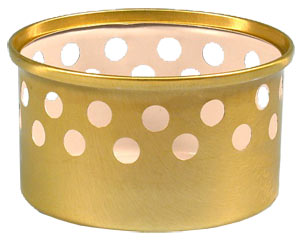 The last choice is the alcohol stove. This is the simplest type of stove, the lightest, and the least prone to malfunction, because it has no complicated parts (no parts at all). It is nothing more than a reservoir that holds fuel, which is set aflame and burns out on its own.
The last choice is the alcohol stove. This is the simplest type of stove, the lightest, and the least prone to malfunction, because it has no complicated parts (no parts at all). It is nothing more than a reservoir that holds fuel, which is set aflame and burns out on its own.
PROS: The benefits of this stove type for an adventure trekker are many. Alcohol stoves are small and weigh less than 28 g (5 oz). They are fueled by denatured alcohol, which is cheap and can be purchased at Pohnpei’s hardware stores. Fuel can be stored in a regular plastic bottle. You can make the stove itself for less than $10.00 with simple materials found on Pohnpei, so you don’t need to worry about bringing one. If you do bring one, it can be taken on the airplane, as long as it’s clean.
CONS: Alcohol stoves have a slower than average boil time (6-8 minutes) and a lack of flame adjustment. It’s easy to crush these tiny stoves, but they can usually be bent back into shape with relative ease.


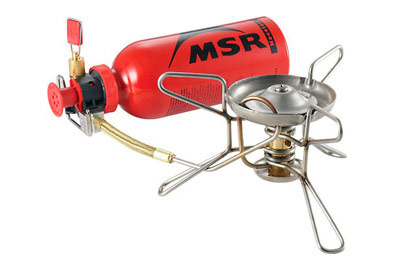
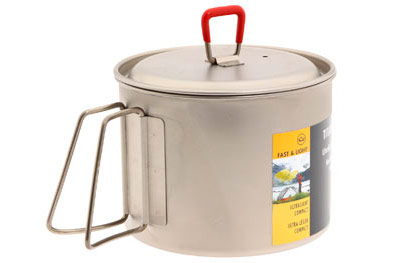
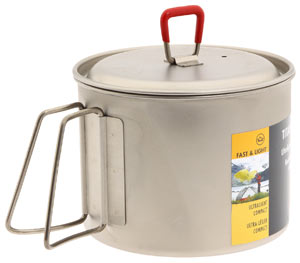
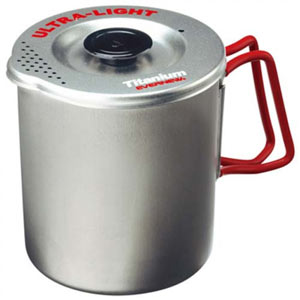
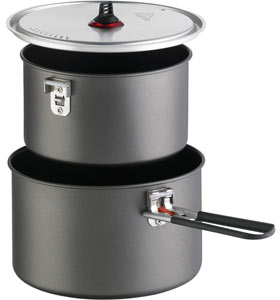
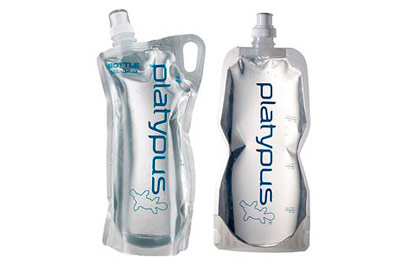
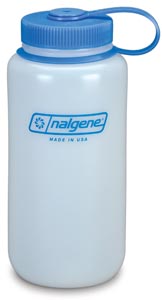
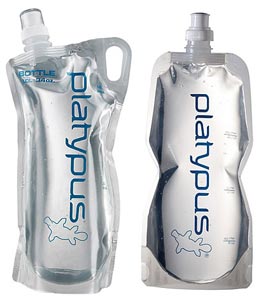

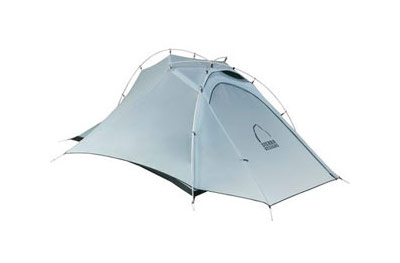
 Weekend hikers usually think of tents as the definitive backpacking shelter, but they actually have many drawbacks. One tent model is available for purchase on Pohnpei, but it’s so heavy you’d never want to hike anywhere with it much less Pohnpei’s rugged mountains and rainforest. Those set on using a tent should bring one from home.
Weekend hikers usually think of tents as the definitive backpacking shelter, but they actually have many drawbacks. One tent model is available for purchase on Pohnpei, but it’s so heavy you’d never want to hike anywhere with it much less Pohnpei’s rugged mountains and rainforest. Those set on using a tent should bring one from home. 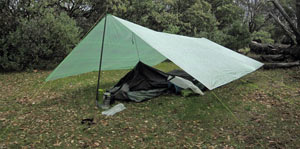
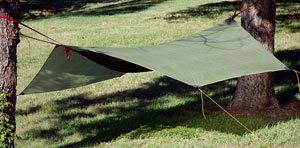 For a pair of sleepers, the Cuben Fiber Grace has a larger 2.6 x 2.1 x 2.8 meter (8.5 x 7 x 9.2 ft) version that weighs 225 g (7.8 oz). Also, a larger, heavier option is the 3.2 x 2.6 meter (10.5 x 8.5 ft) Hammock Hexagon Tarp, which weighs 241 g (8.5 oz). It also has a bonded and taped ridgeline seam, but only 6 tie-outs. Though it is designed to hang above a hammock, it can also be pitched A-frame tent style with trekking poles.
For a pair of sleepers, the Cuben Fiber Grace has a larger 2.6 x 2.1 x 2.8 meter (8.5 x 7 x 9.2 ft) version that weighs 225 g (7.8 oz). Also, a larger, heavier option is the 3.2 x 2.6 meter (10.5 x 8.5 ft) Hammock Hexagon Tarp, which weighs 241 g (8.5 oz). It also has a bonded and taped ridgeline seam, but only 6 tie-outs. Though it is designed to hang above a hammock, it can also be pitched A-frame tent style with trekking poles.